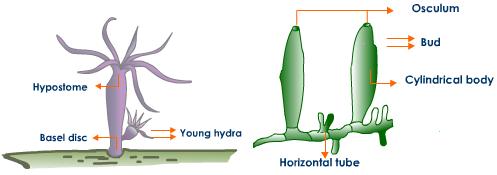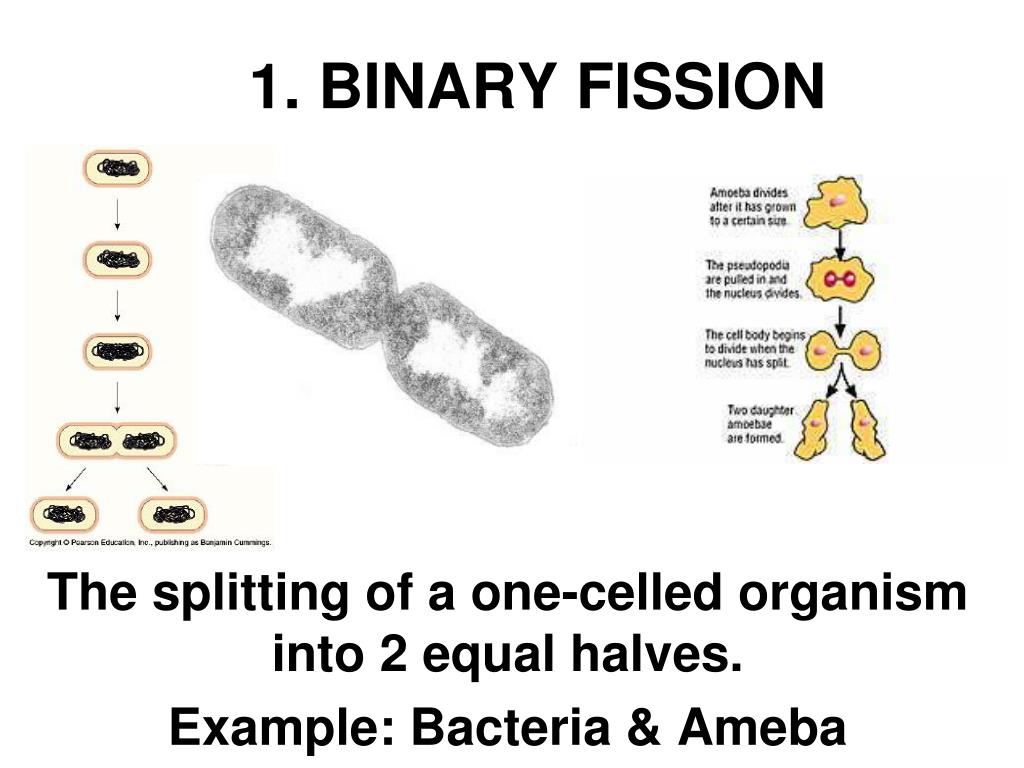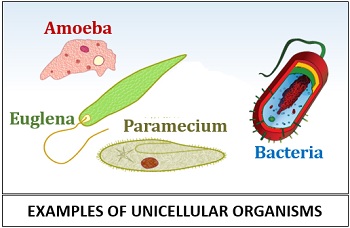

During binary fission nuclear divisions or karyokinesis, always followed by division of cytoplasm or cytokinesis. (i) Binary fission : Binary fission is the division of the parent into two small, nearly equalized daughter individuals.

Types : Asexual reproduction takes place in five principal ways : It is absent among the higher non-vertibrates and all vertibrates. Occurrence : Asexual reproduction occurs in protozoans and some lower animals such as sponges, coelentrates, certain worms and tunicates. Today, the scientists have been able to produce clones of multicellular animals ( e.g., boar calf names as Frosty, and Finn Dorset lamb named as the famous Dolly) artificially in the laboratory.

Asexual reproduction produces identical offspring commonly referred to as a clone. It involves only mitotic cell divisions, and also termed somatogenic reproduction. The young one receives all its genes from one parent.Īsexual reproduction is also known as agamogenesis or agamogeny. (1) Asexual (Non-gametic) (2) Sexual (gametic)ĭefinition : Production of offspring by a single parent without the formation and fusion of gametes is called asexual reproduction. Types of reproduction : These are of two main types (4) Development of reproductive bodies into offspring. (3) Formation of reproductive bodies or units. This is cytological basis of reproduction. (2) Cell division, only mitotic, or both mitotic and meiotic. This is the molecular basis of reproduction. However, all modes have certain common basic features. Modes of reproduction vary in different organisms. Reproduction : Reproduction is the ability of living organism to produce a new generation of living individuals similar to themselves.īasic features of reproduction : All organisms reproduce.


 0 kommentar(er)
0 kommentar(er)
